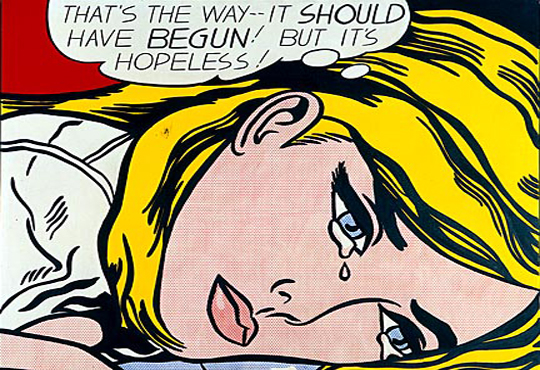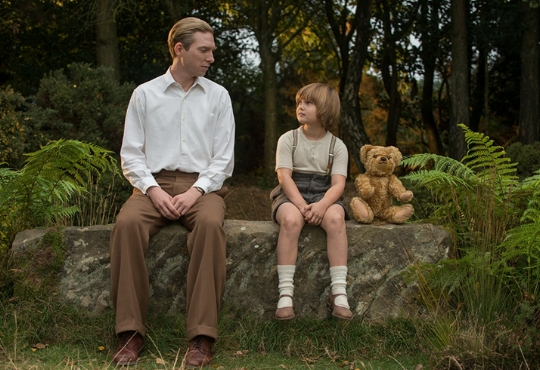
Growing up as a part of the creative community, I often wondered why so many people refuse to accept different genres of art and prefer to stick to the classics. Being a lover of pop art, abstracts and surrealism, I was amazed at other people’s ignorance of modern artistic brilliance.
It is traditionally thought that taste in art is based on your education and background. For example, ballet, music and fine art used to be claimed by the upper class. From an early age, children of aristocrats were told that true art is what is seen in the great paintings of Caravaggio, Jan Vermeer and Rembrandt. “I believe in Michelangelo,Velázquez and Rembrandt; in the might of design, the mystery of colour, the redemption of all things by Beauty everlasting, and the message of Art that has made these hands blessed” said George Bernard Shaw through the voice of Louis Dubedat of the Doctor’s Dilemma. And whilst we cannot argue with the magnificence of the great masters, surely there is more to art than commonly accepted beauty? Museums around the world collect art, preserve it and educate the public. They convey standards of arts’ value, but whose standards are they?
Pierre Bourdien, a French sociologist, studied our artistic taste in relation to our ‘educational capital’. He later uncovered a distinct correlation between class and preferences in art, music, film and theatre. “Taste classifies, and it classifies the classifier”. It almost feels like artistic preferences are encoded into our DNA and passed on from one generation to another, without us giving it much thought, without us challenging our nature.
Throughout centuries art has suffered a lot of transformation. From the invention of new techniques to the tackling of new topics. And the unknown always tends to spark a debate. American pop art creator, Andy Warhol, was one of the most talked about personas of the past century. Naturally, his art wasn’t immediately accepted by the public or acclaimed critically. Exploding all over the scene of the 60’s with his shocking films and extraordinary paintings, Warhol was on everyone’s mind. He caused a revolution in the art industry, from his ‘don’t think about making art, just get it done’ approach to the incredible variety of mediums he used in his works. Warhol was the first artist to truly address the issues of the growing consumer society with his Campbell Soup Cans, being also the first artist to bring a supermarket to an art gallery. He was fascinated by the American culture and the way ordinary things get a grip on our society: “What’s great about this country is America started the tradition where the richest consumers buy essentially the same things as the poorest. You can be watching TV and see Coca-Cola, and you can know that the President drinks Coke, Liz Taylor drinks Coke, and just think, you can drink Coke, too. A Coke is a Coke and no amount of money can get you a better Coke than the one the bum on the corner is drinking”.
So, next time you are looking at Sarah Levy’s menstrual blooded Trump or a Hirst dissection in disgust, ask yourself a question. Do you choose not to like this art or are you programmed not to like it?







